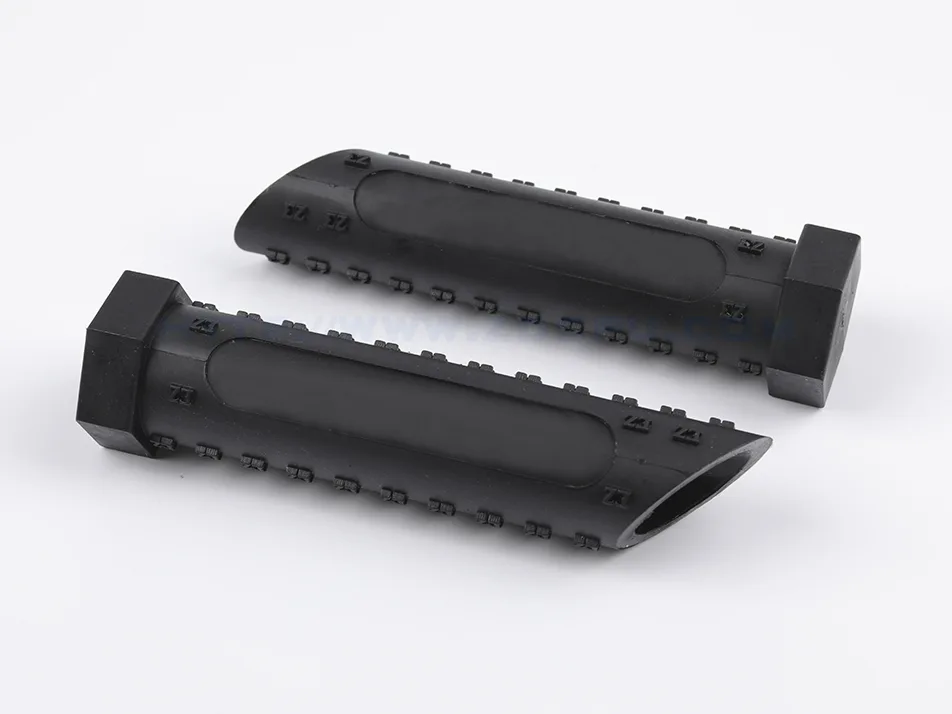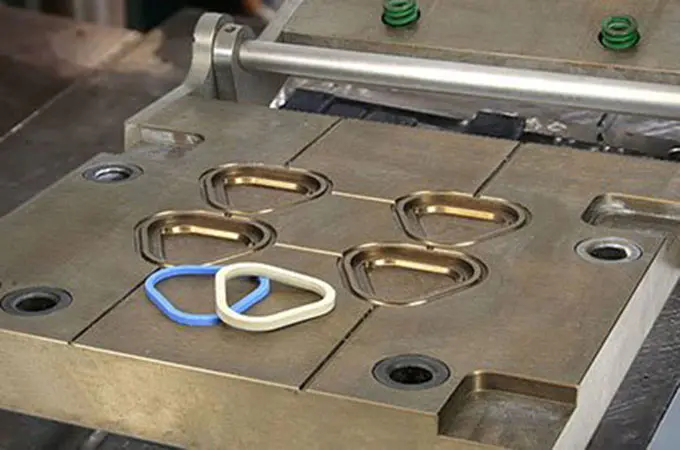
Home » IIR

IIR
Material Type
Rubber
Material Full Name
Isobutylene Isoprene Rubber
Process Compatibility
Compression Molding, Injection Molding
List of Elastomer & Rubber Material
List of Plastic Material
List of Metal Material
IIR Description
Price
$$$$$
Strength
Excellent impermeability to gases and moisture, good resistance to heat, weathering, and chemicals.
Weakness
Poor resistance to abrasion and tear, limited compatibility with certain solvents and oils.
Common Application
Inner tubes for tires, pharmaceutical stoppers and seals, cable insulation.
IIR Properties
The abbreviation IIR stands for isobutylene isoprene rubber. Sometimes called butyl rubber or butyl. It is a synthetic rubber, a copolymer of isobutylene with isoprene. Butyl is impermeable to air and used in many applications requiring an airtight rubber. The first major application of butyl rubber was tire inner tubes. This remains an important segment of its market even today.
Properties at a Glance
*Pease note: The following material properties are for reference only. Actual values may vary depending on the selected material brand.
| Property | Metric | English |
|---|---|---|
| Density | 1.15-1.35 g/cm³ | 71.87-84.34 lb/ft³ |
| Shore Hardness A | 35-95 | 35-95 |
| Tensile Strength | 3.48-20.68 MPa | 500-3000 PSI |
| Elongation at Break | 300-800% | 300-800% |
| Min Temp. | -57~-40°C | -70~-40º F |
| Max Temp. | 120~150°C | 250~300º F |
Chemical Properties
- Good resistance to most acids and alkalies.
- Poor resistance to fuel.
- Poor oil resistance but good resistance to animal & vegetable oils.
How to Improve IIR Properties
When modifying IIR (Isobutylene Isoprene Rubber) to enhance its properties, various additives are incorporated into the polymer matrix during the manufacturing process.
- Additives: Different types of additives, such as plasticizers, fillers (like carbon black or silica), and reinforcing agents (such as carbon fibers or glass fibers), can be mixed with IIR to improve specific properties. For example, plasticizers can enhance flexibility, fillers can improve strength and wear resistance, and reinforcing agents can enhance mechanical properties.
- Blending: IIR can be blended with other elastomers or polymers to create hybrid materials with combined properties. For instance, blending IIR with natural rubber (NR) or styrene-butadiene rubber (SBR) can improve tear strength and processability while maintaining good resistance to heat and chemicals.
- Copolymerization: Copolymerizing IIR with other monomers can modify its molecular structure and properties. By incorporating different monomers during polymerization, the resulting copolymer can exhibit a broader range of properties tailored to specific applications. For example, copolymerizing IIR with ethylene can improve low-temperature flexibility and processability.
Get Custom Butyl Parts with Zhongde
Can IIR rubber be recycled?
Yes, IIR rubber can be recycled, it can be mechanically recycled by grinding and reprocessing scrap rubber into new products. The recycled butyl rubber can be used in various applications, such as automotive parts, industrial products, and construction materials.
Is butyl rubber suitable for outdoor applications?
Butyl rubber is suitable for outdoor applications. It has excellent resistance to ozone, UV radiation, and weathering, additionally, butyl rubber exhibits good thermal stability over a wide temperature range, which makes it suitable for outdoor applications.
Can butyl rubber be used in food-contact applications?
Butyl rubber can be used in food-contact applications. It is FDA-approved for certain food-related uses, such as seals and gaskets in food processing equipment and containers.




